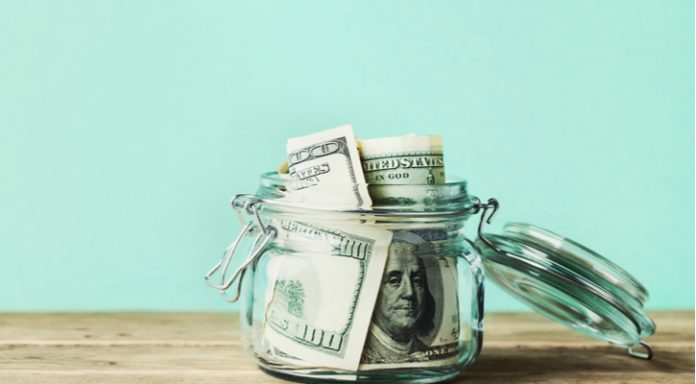The pound US dollar experienced some volatility on Thursday as Brexit woes, an optimistic Bank of England, strong US data and trade war tensions made for a busy trading session. The pound hit a high of US$1.3472 before easing back to US$1.3422 for the close.
| What do these figures mean? |
|---|
|
When measuring the value of a pair of currencies, one set equals 1 unit and the other shows the current equivalent. As the market moves, the amount will vary from minute to minute. For example, it could be written: 1 GBP = 1.28934 USD Here, £1 is equivalent to approximately $1.29. This specifically measures the pound’s worth against the dollar. If the US dollar amount increases in this pairing, it’s positive for the pound. Or, if you were looking at it the other way around: 1 USD = 0.77786 GBP In this example, $1 is equivalent to approximately £0.78. This measures the US dollar’s worth versus the British pound. If the sterling number gets larger, it’s good news for the dollar. |
The pound slipped in early trade on Thursday after Theresa May agreed an end date to the Brexit “backstop”. The backstop is an option whereby the UK will remain in the single market and the customs union after Brexit if there is no solution to the Irish border issue. This unlimited possibility to remain in the single market is equivalent to a soft Brexit and the most beneficial type of Brexit for the pound. However, Theresa May backed down to hard line Brexiteers and agreed to an end date of December 2021, making a hard Brexit post this date more likely. As a result, the pound sold off.
| Why is a “soft” Brexit better for sterling than a “hard” Brexit? |
|---|
| A soft Brexit implies anything less than UK’s complete withdrawal from the EU. For example, it could mean the UK retains some form of membership to the European Union single market in exchange for some free movement of people, i.e. immigration. This is considered more positive than a “hard” Brexit, which is a full severance from the EU. The reason “soft” is considered more pound-friendly is because the economic impact would be lower. If there is less negative impact on the economy, foreign investors will continue to invest in the UK. As investment requires local currency, this increased demand for the pound then boosts its value. |
Demand for the pound rebounded after BoE policy maker David Ramsden confirmed he believes that the UK economy will rebound in the second quarter, picking up from a weak first quarter. His comments were in line with the BoE’s previous comments that the soft patch in UK economic data is expected to be temporary. The more optimistic tone from the central bank encouraged investors to believe that the BoE could still be seriously contemplating a rate hike in August. As a result, the pound rallied.
| Why do raised interest rates boost a currency’s value? |
|---|
| Interest rates are key to understanding exchange rate movements. Those who have large sums of money to invest want the highest return on their investments. Higher interest rate environments tend to offer higher yields. So, if the interest rate or at least the interest rate expectation of a country is relatively higher compared to another, then it attracts more foreign capital investment. Large corporations and investors need local currency to invest. More local currency used then boosts the demand of that currency, pushing the value higher. |
Trade Wars In Focus Ahead of G7
The dollar was trading broadly out of favour in the previous session as trade woes weighed on sentiment for the US currency. Trump has waged trade war on Mexico the EU and Canada in addition to China. With all affected allies having announced that they will retaliate with like for like measures, there is a good chance that global trade will break down. The World Bank has even suggested that trade will revert to how it was a good 10 years ago.
Market participants are preparing themselves for the start of the G7 summit, where trade will also certainly be a central topic. French President Macron has called on fellow leaders for a showdown with Trump over his plans to levy tariffs and disrupt world trade. Greater tensions between Trump and other world leaders could bring the dollar lower.
|
This article was initially published on TransferWise.com from the same author. The content at Currency Live is the sole opinion of the authors and in no way reflects the views of TransferWise Inc. |





